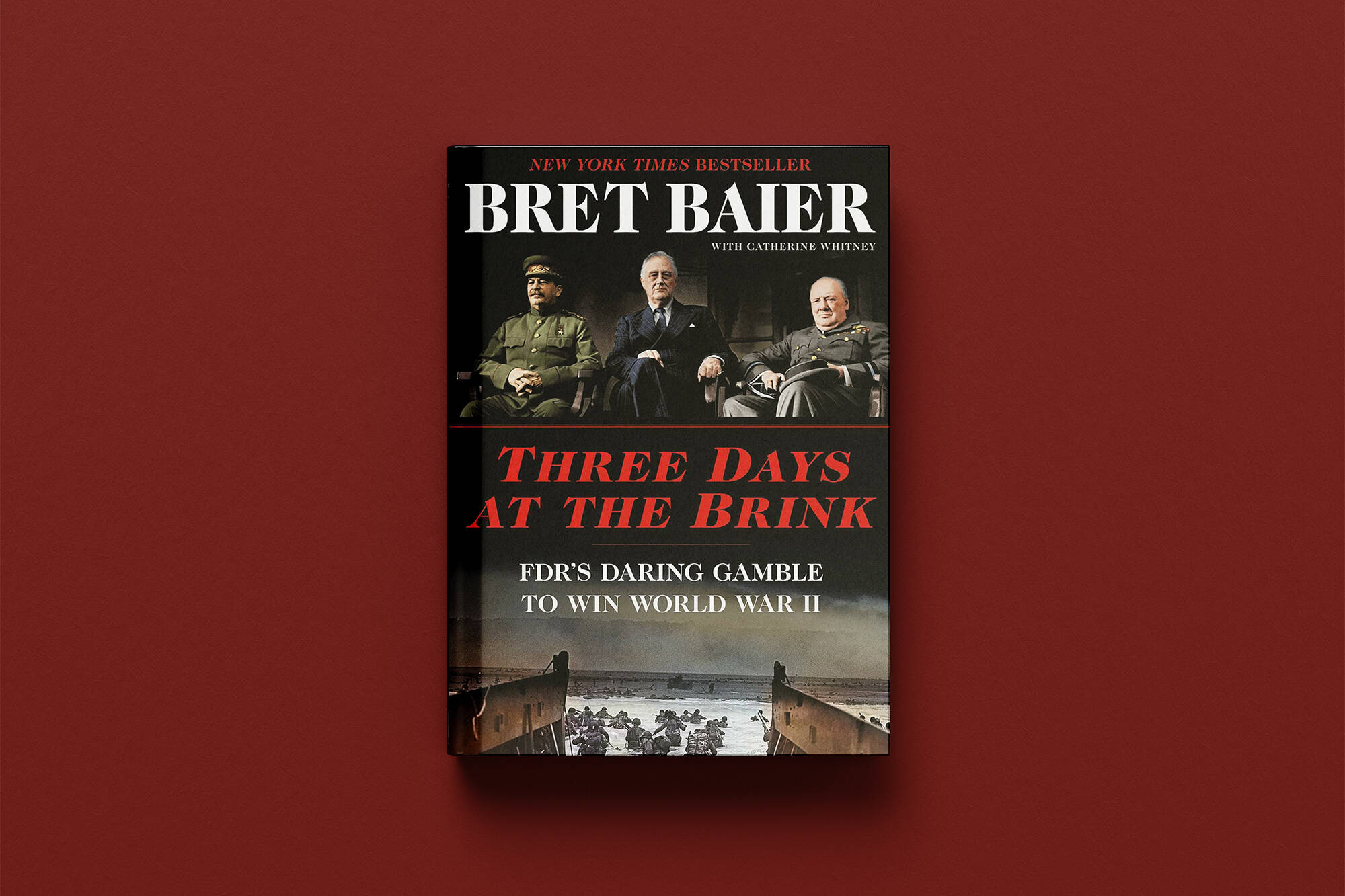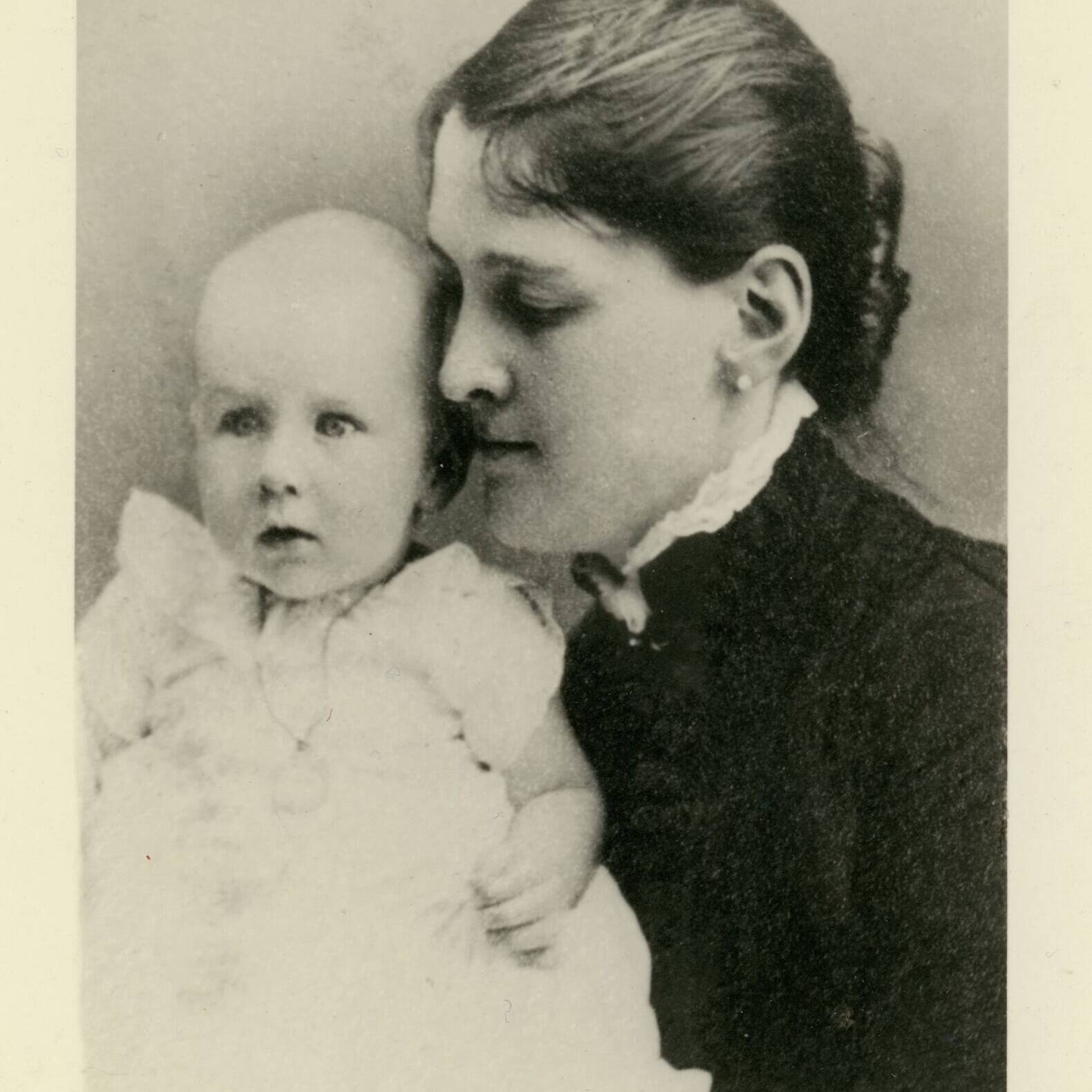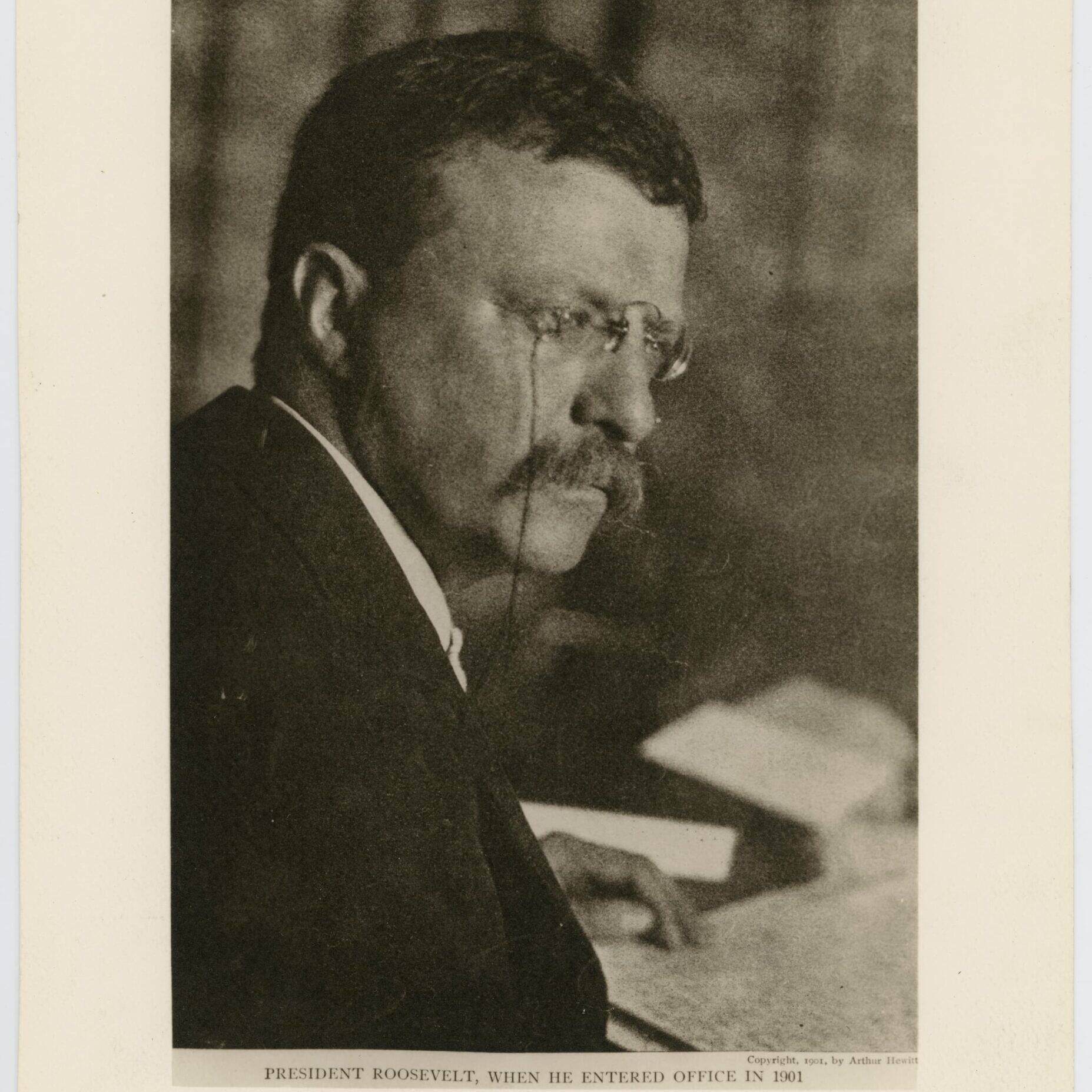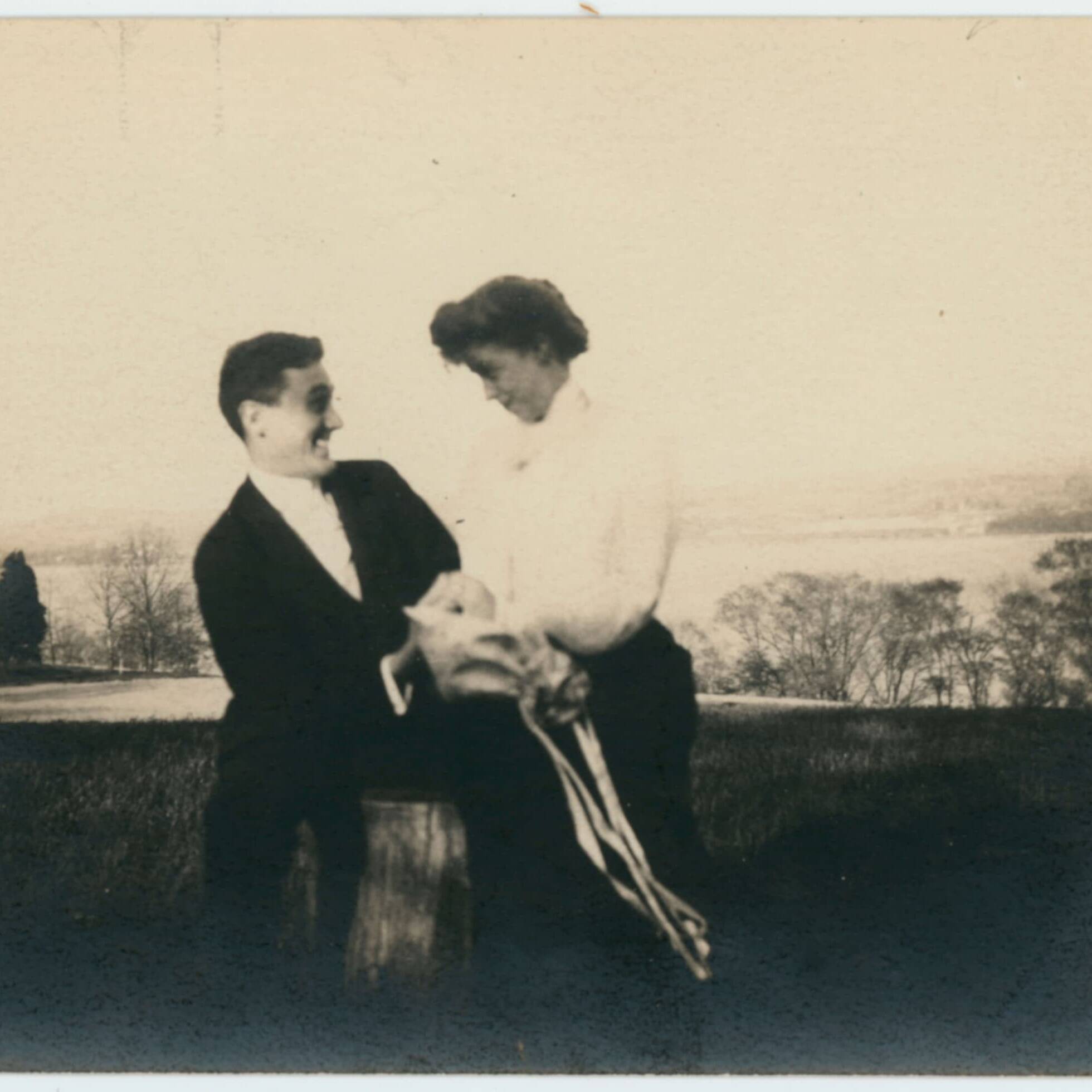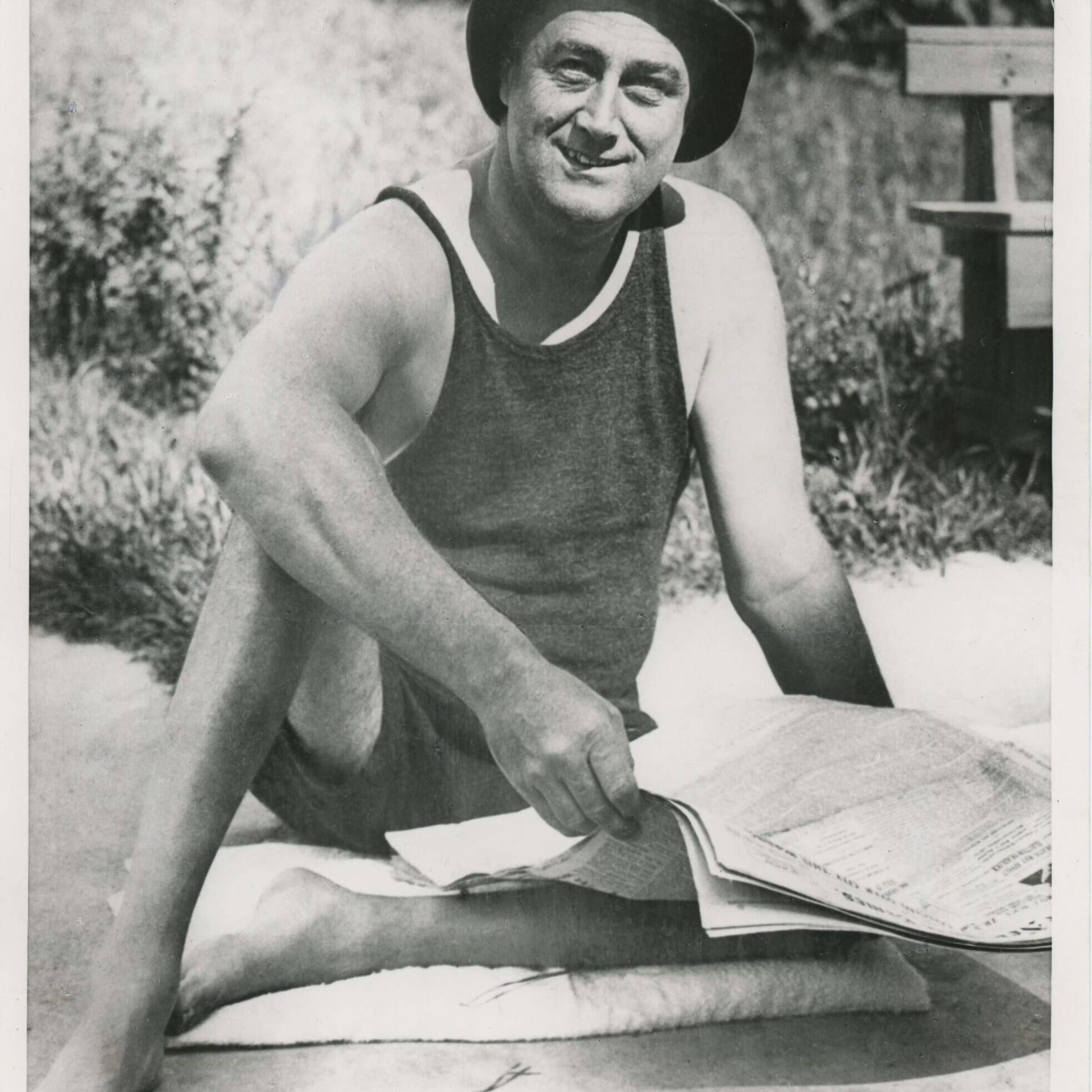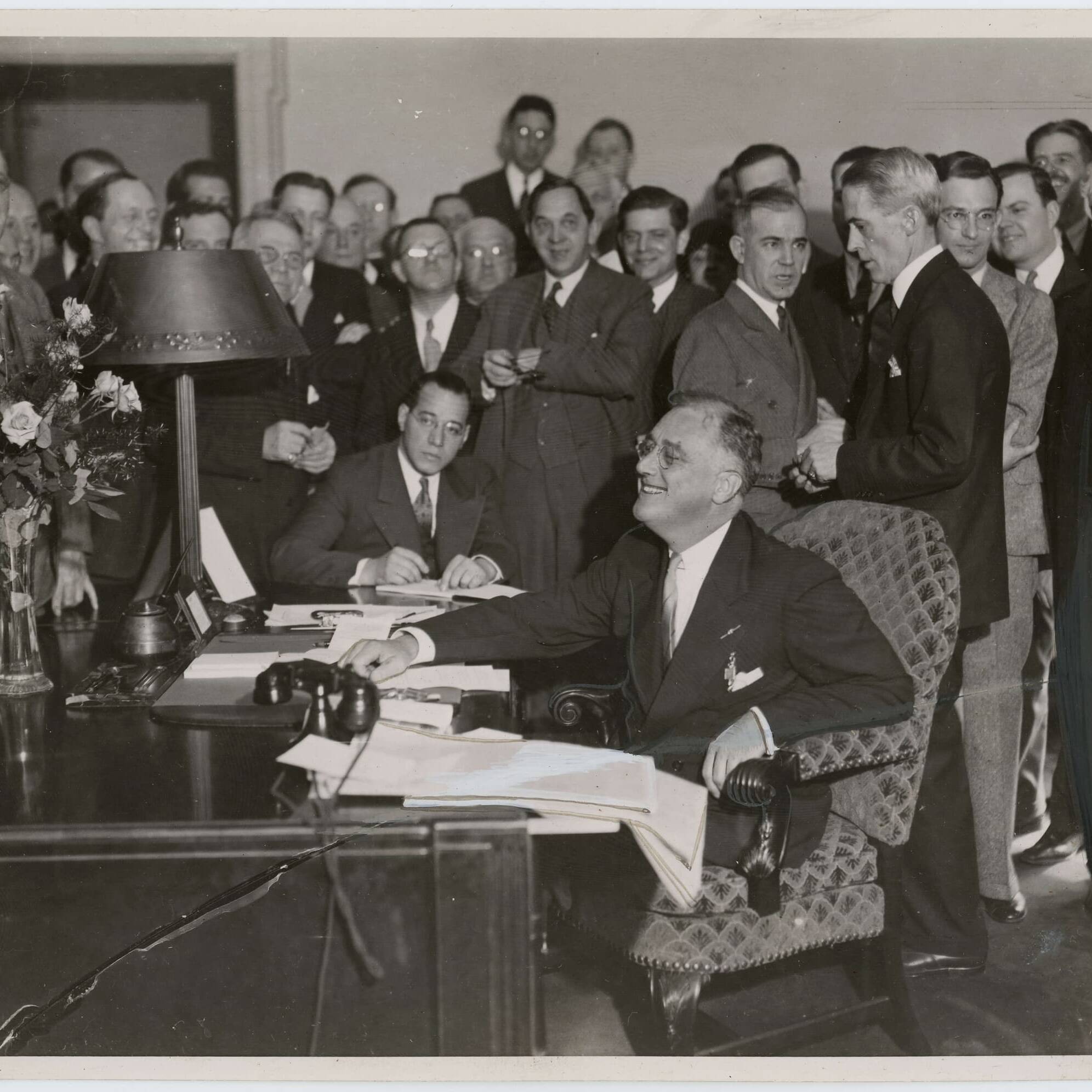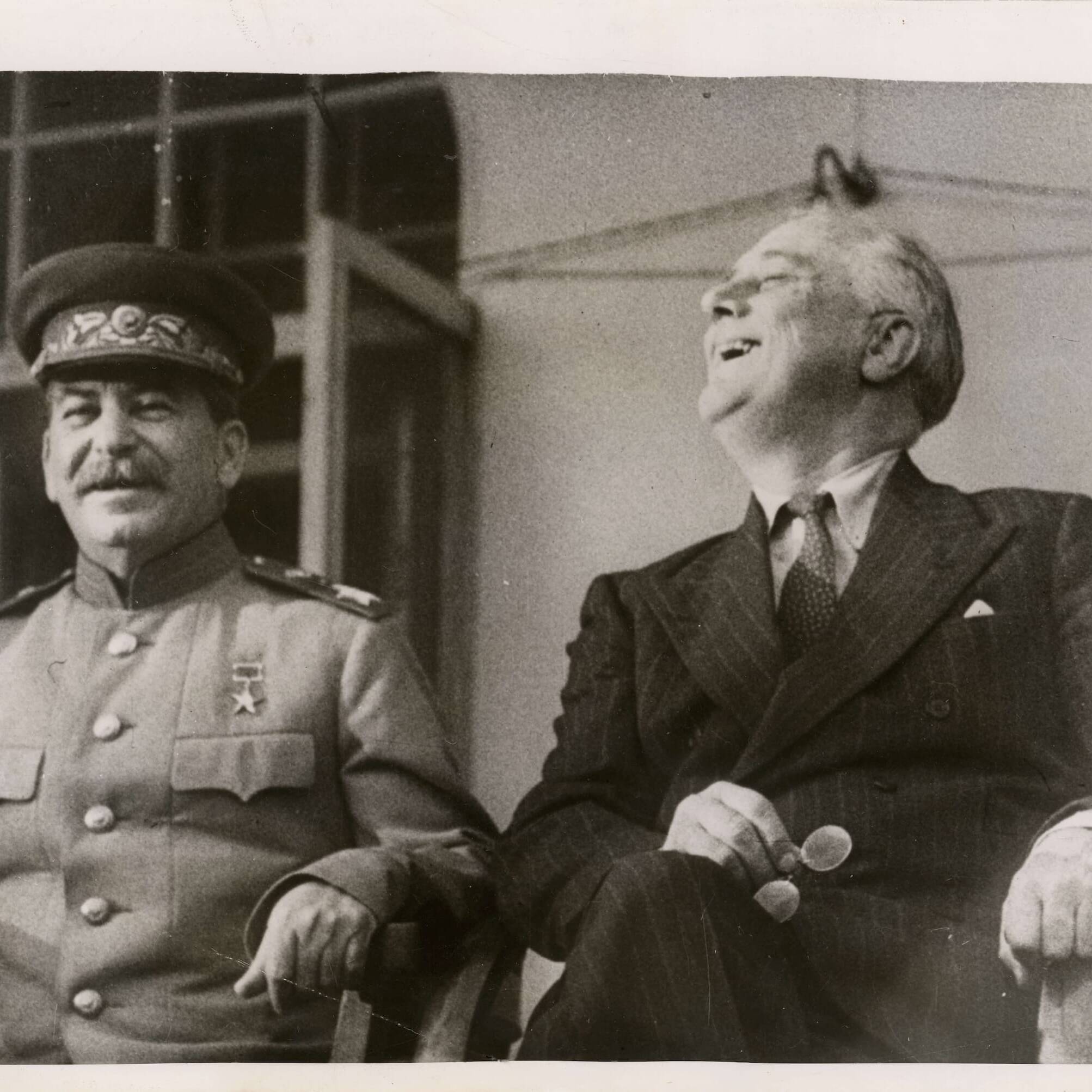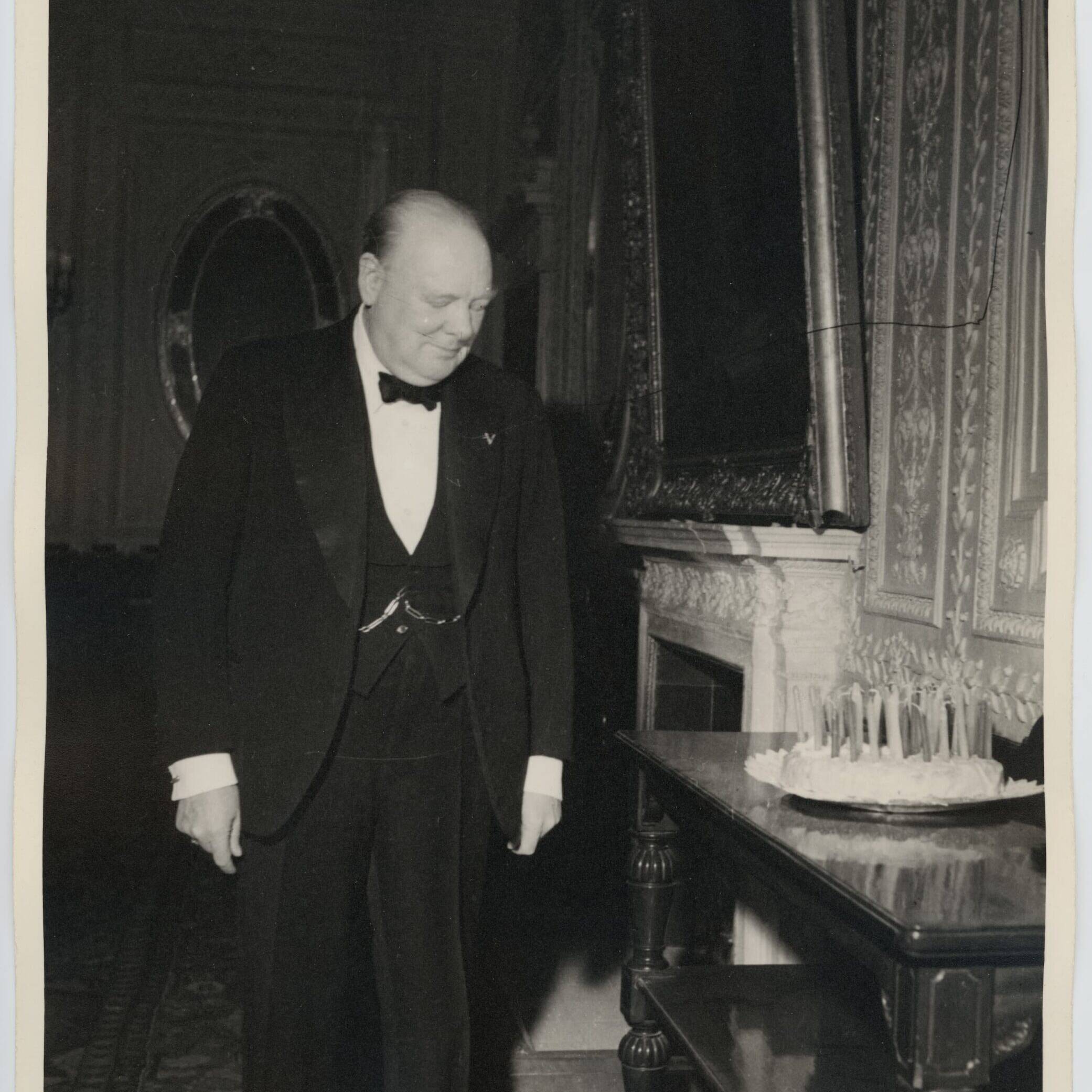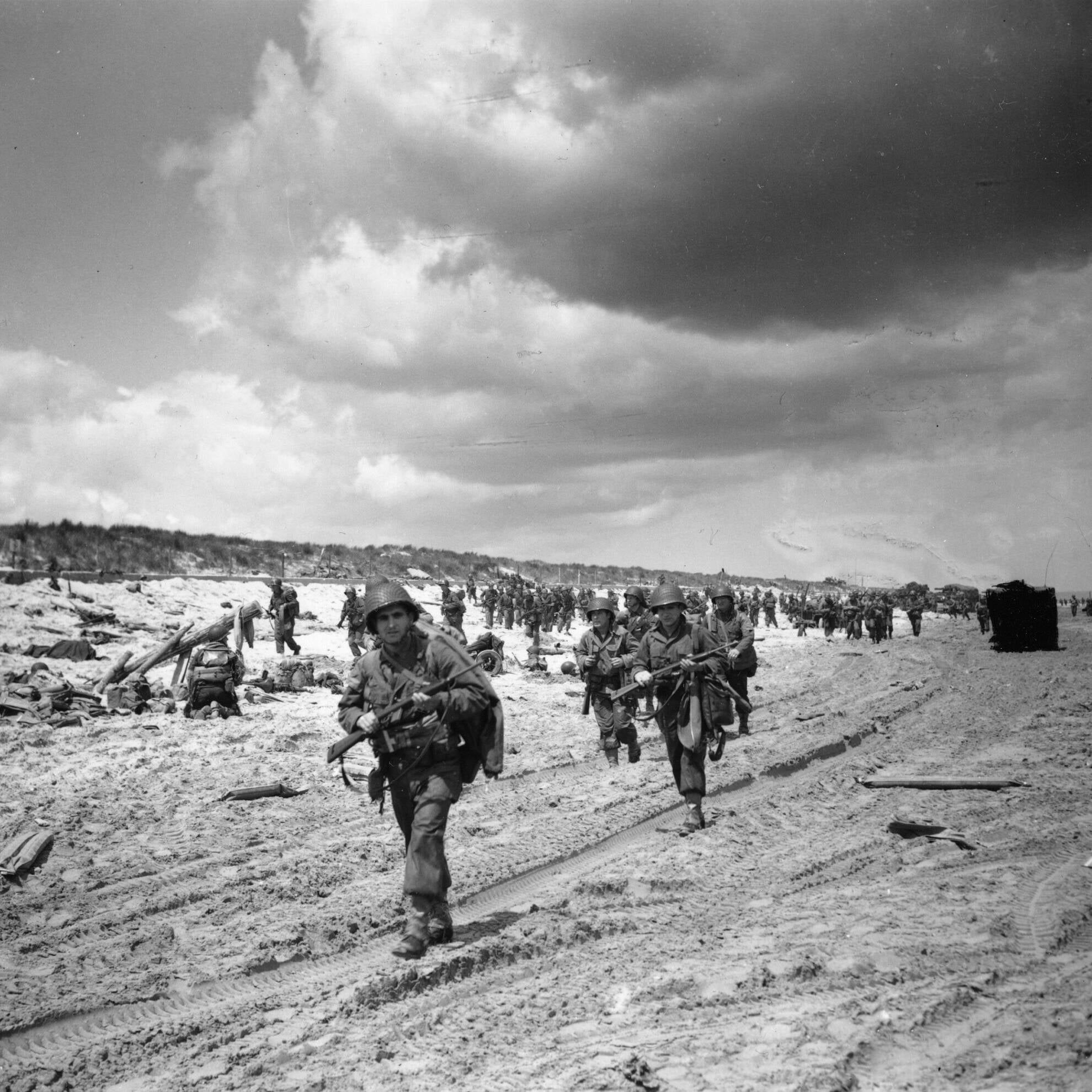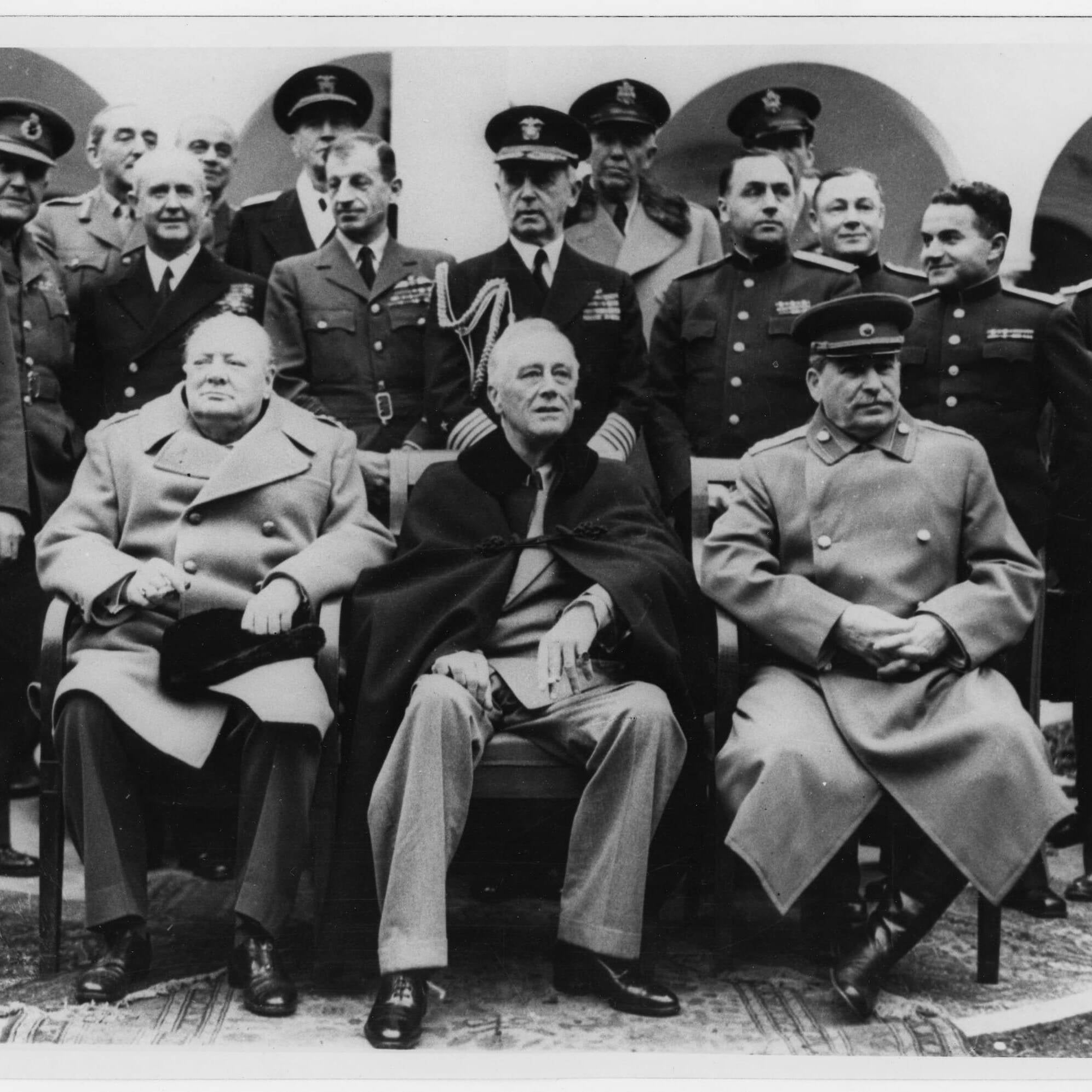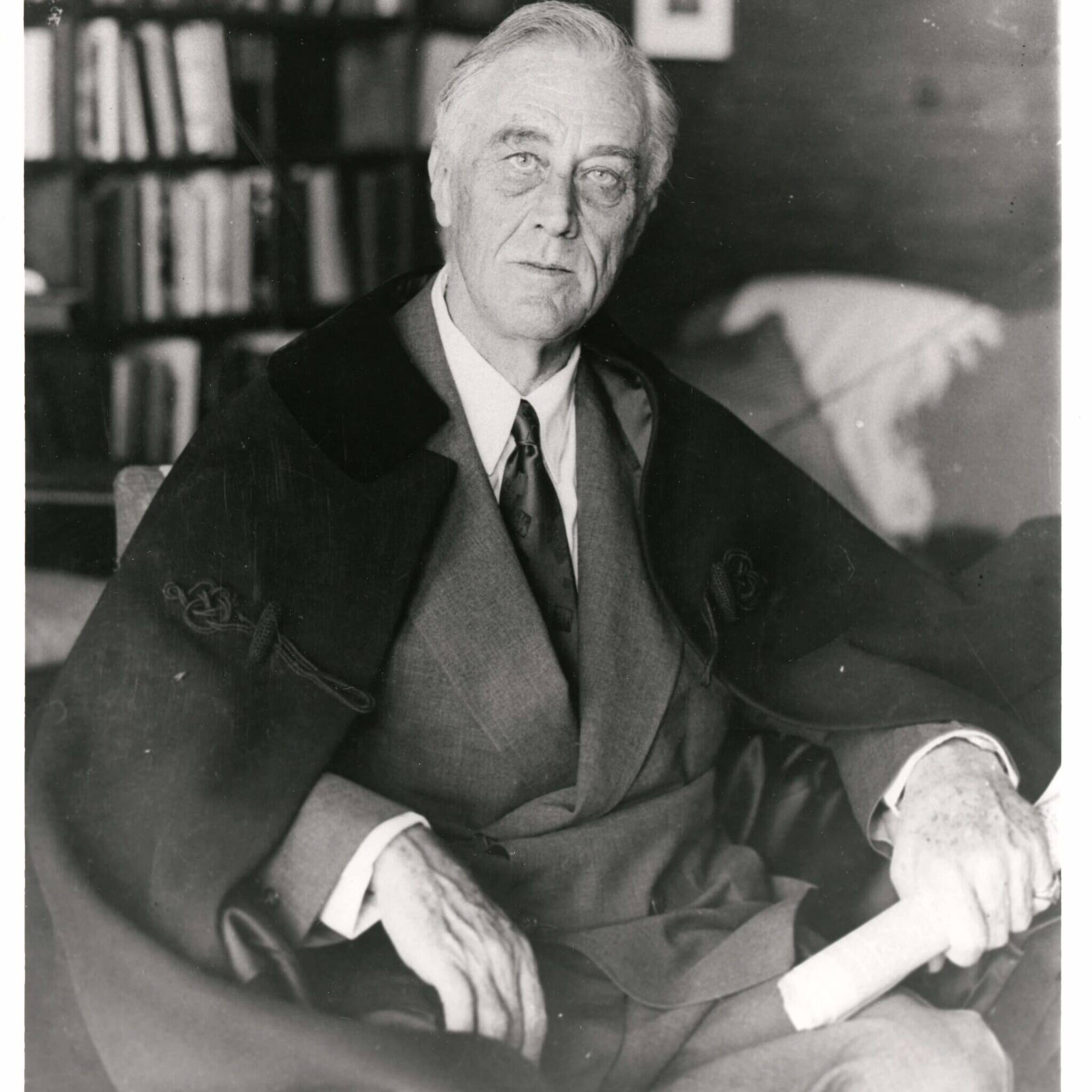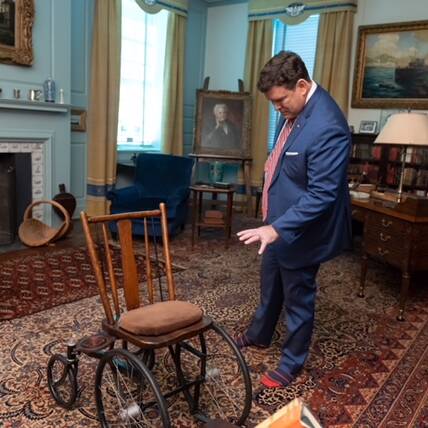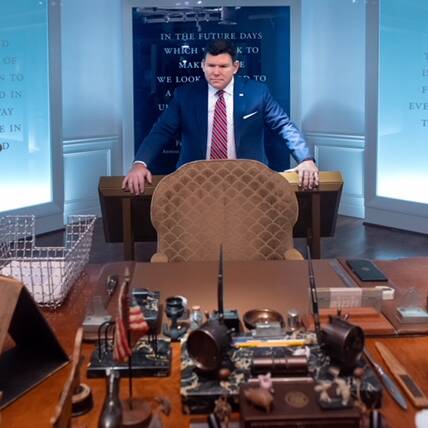From the #1 bestselling author of Three Days in Moscow and anchor of Fox News Channel’s Special Report with Bret Baier, a gripping history of the secret meeting that set the stage for victory in World War II—the now-forgotten 1943 Tehran Conference, where Franklin D. Roosevelt, Winston Churchill, and Joseph Stalin plotted the war’s endgame, including the D-Day invasion. Three Days at the Brink is available wherever books are sold.
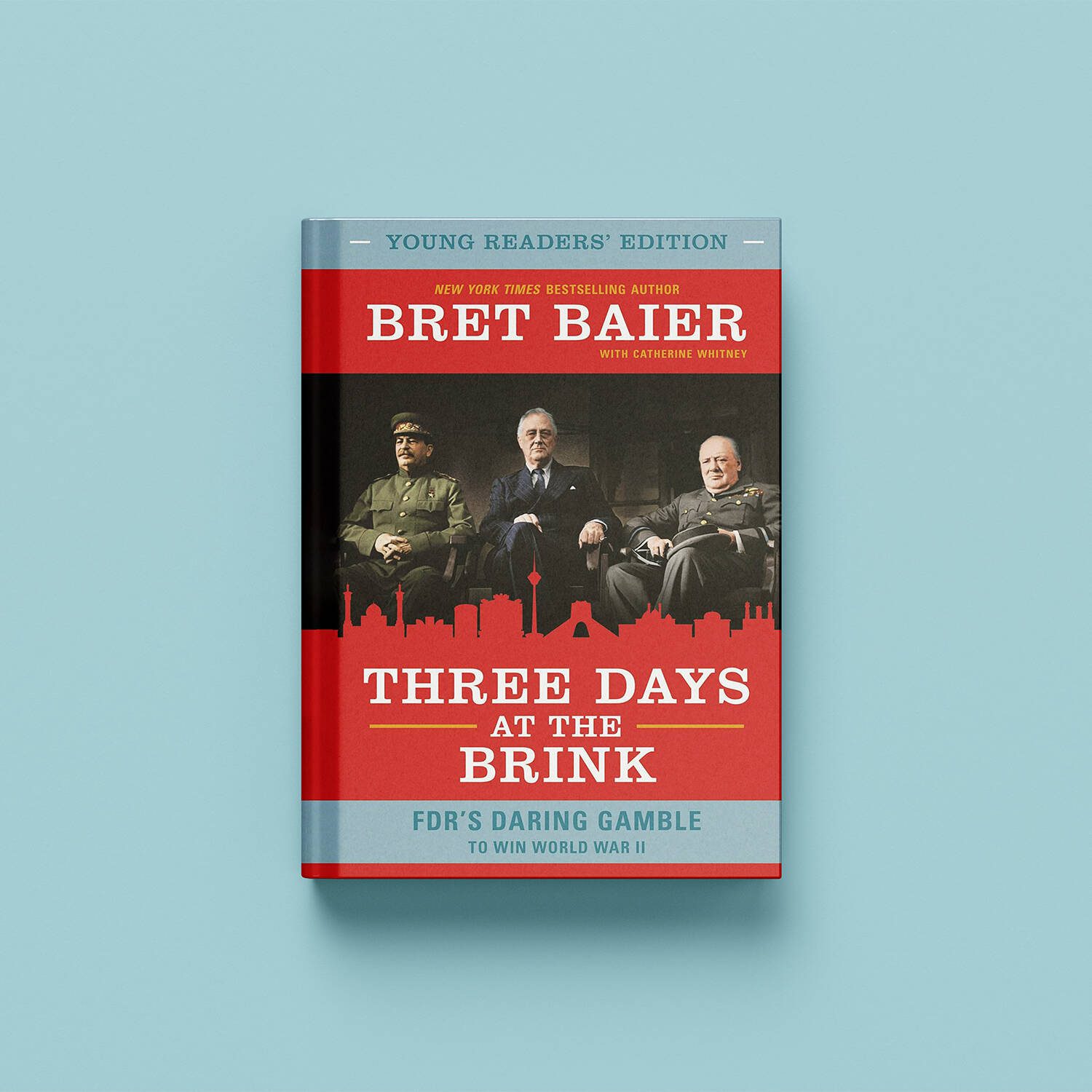
Three Days At The Brink
Young Readers’ Edition
The inside story of the first of the secret World War II meetings between President Franklin D. Roosevelt, Winston Churchill, and Joseph Stalin, which would shape the world for decades to come, adapted for young readers from the book by #1 bestselling author and Fox News Channel anchor Bret Baier.
Three Days at the Brink is a compelling account of FDR’s political life and career. It is especially fascinating and intriguing when discussing the intimidate details surrounding the final days of negotiations among FDR, Churchill, and Stalin (and their surrogates) on the organization and future of Europe after the war. This book, along with Bret Baier’s two former books, distinguishes him as not only a renown journalist but a superb storyteller and historian. American can learn much from Bret Baier and his latest gem — Three Days at the Brink.Mark R. Levin, Author and Broadcaster
In this brisk, readable and compelling book, Bret Baier takes us into a crucial period of World War II and calls our attention to an important hinge of world history.Michael Beschloss, American Historian and author of nine books on the American Presidency
Bret Baier’s “Three Days at the Brink” gives us an exciting, moment by moment account of the Tehran Conference and its aftermath. Much of this well-researched and highly readable book is devoted to FDR and his leadership role in the three-day historic meeting, where he persuaded Stalin and a reluctant Churchill to agree to the daring strategy he advocated—i.e. the cross-channel invasion of Europe which ultimately defeated Hitler and won the second World War.Selwa “Lucky” Roosevelt, Former Chief of Protocol of the United States
In the past three years, Bret Baier, perhaps America’s top newscaster, has become one of America’s best historians as well. In “Three Days at the Brink,” Baier completes a trilogy of books on the beginning, middle and end of the Cold War. For a third time, Bret Baier has identified and examined a pivotal event– lasting roughly three days– that enables him to combine political and diplomatic analysis with political biography. “Three Days” is a fascinating narrative that doubles as a political portrait of FDR and a history of the momentous Tehran conference at which FDR reached agreement with Churchill and Stalin on grand strategy against Germany. For it is FDR the visionary and leader who guides America through depression and victory in World War II. And the decisions finalized in FDR’s culminating meetings with Churchill and Stalin at Tehran, while assuring the defeat of Nazi Germany, could not resolve Soviet-Allied tensions inexorably leading the three powers towards Cold War. “Three Days at the Brink” , in sum, examines victory over Germany in light of the ensuing Cold War, as well as the human element and the complexities inherent in the conduct of international affairs in the world we inhabit. “Three Days at the Brink”– along with Baier’s books on Eisenhower and Reagan– will be widely read and discussed, and prove to be must reading for everyone interested in political biography, in history, the World War II, in postwar history, and in public affairs today.David Eisenhower, Director, Institute for Public Service, Annenberg School, University of Pennsylvania and author of Eisenhower: At War
Bret Baier’s Three Days At the Brink is a riveting reevaluation of how the Big Three leaders FDR, Churchill, and Stalin collaborated to win World War II for the allies and then created a Cold War superpower global order. With characteristic intellectual verve and brilliant analysis, Baier allows readers to freshly understand how the Tehran Conference shaped world history. Essential reading by a first-rate storyteller!Douglas Brinkley, Author of Rightful Heritage: Franklin D. Roosevelt and the Land of America
In his monumental new book about one of history’s most epic events, Bret Baier has outdone himself yet again. I could not put this extraordinary book down. Three Days at the Brink is a masterpiece: elegantly written, brilliantly conceived, and impeccably researched. This book not only sparkles but is destined to be a classic!Jay Winik, New York Times bestselling author of 1944 and April 1865

